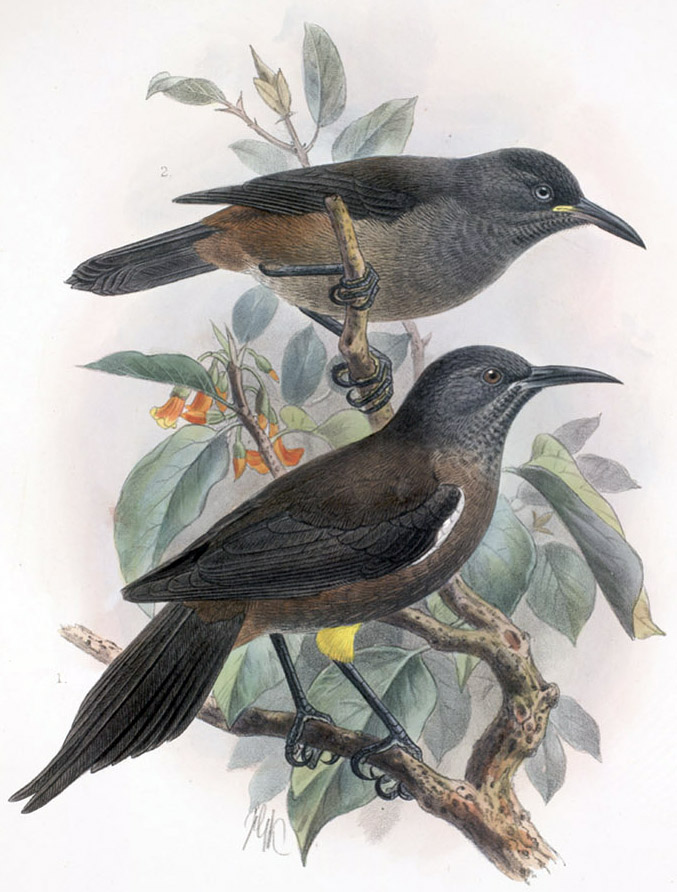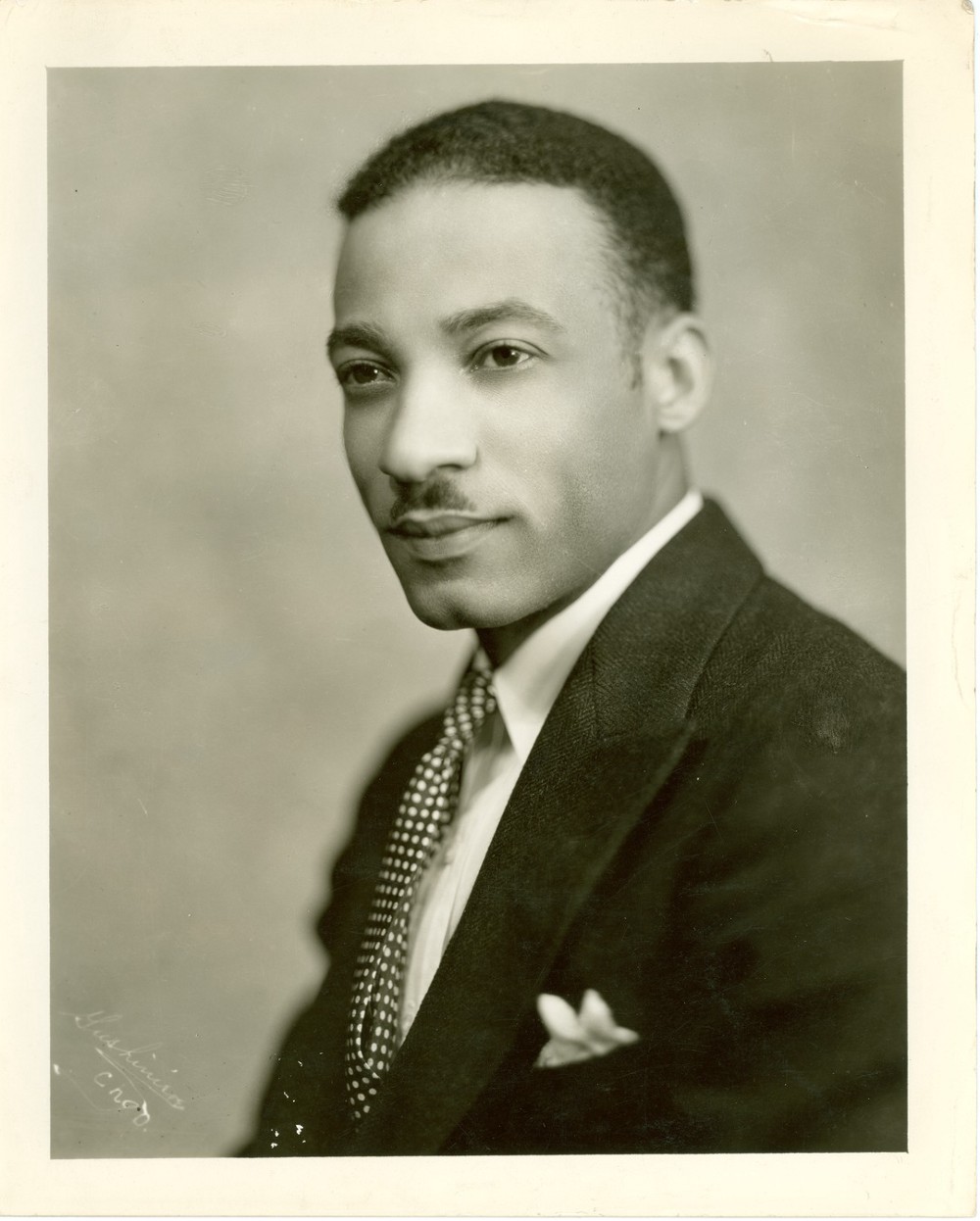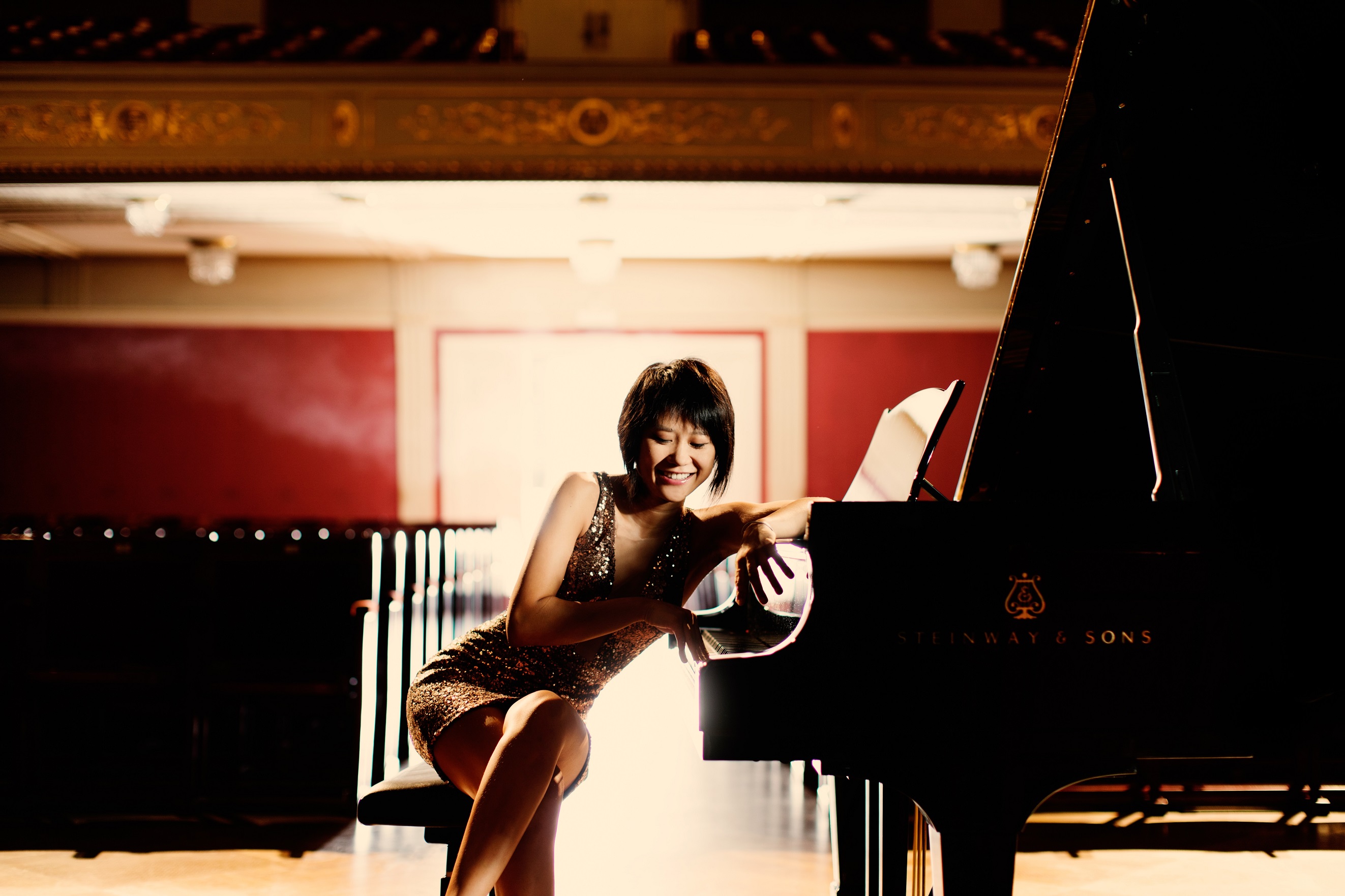From the bittersweet innocence of Mahler’s Fourth Symphony, to the brooding vibrancy of William Dawson’s Negro Folk Symphony, to John Luther Adams’s Vespers of the Blessed Earth with its choral meditation on nature’s fragility, The Philadelphia Orchestra’s 2022–23 season explores the multifaceted theme of transformation in music.
There is no single definition of what makes a piece of music transformative. Matías Tarnopolsky, president and CEO of The Philadelphia Orchestra and Kimmel Center, Inc., believes the term applies to works that engage us deeply and create a need to rethink some aspect of the world around them.
“In order to have meaning, every performance needs to have some truly transformative element,” he says, “whether it’s that moment of beauty hearing a Mozart piano concerto, a piece from the same era by a composer you didn’t know, an innovative collaboration, or a piece of new music written by a young composer whose name you are hearing for the first time.”
Considering the Environment and the Fragility of Nature
Several pieces this season invite listeners to consider the fragile state of the environment. With Vespers of the Blessed Earth, John Luther Adams composed a set of six vespers, or night prayers, to the troubled planet. The piece, commissioned by The Philadelphia Orchestra, evokes the call of a now-extinct bird known as the Kaua’i ‘ō‘ō, an evocation of the Grand Canyon and its richly patterned walls, and a recitation of 193 critically threatened and endangered plant and animal species, sung by Philadelphia’s GRAMMY Award–winning choir the Crossing. Philadelphia Orchestra Music Director Yannick Nézet-Séguin conducts its world premiere alongside Stravinsky’s seismic The Rite of Spring (March 30, April 1–2; March 31 at Carnegie Hall).

The now-extinct Kaua’i ‘ō‘ō (Moho braccatus), the last member of the ʻōʻō genus within the Mohoidae family of birds from the islands of Hawai’i. The bird’s call is portrayed in John Luther Adams’s Vespers of the Blessed Earth, a Philadelphia Orchestra commission that receives its world premiere in March/April 2023.
Another world premiere with an environmental focus is Picaflor by Philadelphia Orchestra Composer-in-Residence Gabriela Lena Frank. The piece retells a traditional Peruvian creation myth about a picaflor, or hummingbird, that carries pollen to wildflowers and plants and invigorates our landscapes. Students from the School District of Philadelphia have contributed to the text; students and teachers from the nonprofit Esperanza are creating a visual art component. Frank has frequently explored her Peruvian heritage in her music, most recently in Pachamama Meets an Ode, which the Orchestra premiered in February.
Nézet-Séguin says these two pieces express larger points about humanity’s capacity to change. “Transition has defined these times,” he says. “Within that idea lives transformation, and beautiful new musical horizons. Musical transformation can be inspired by composers and conductors, ideas and themes, artists and repertoire.”
Considering Unheard Voices
Historically, composers have not always prioritized transformative expression. In the Classical era, if a nobleman needed light entertainment for a social function, a composer snapped into action, writing a divertimento or serenade by dinner time. Such works continue to hold value. But in an era shaped by a pandemic—and recent protests over racial justice and gender disparity—music can help illuminate a changing world.
The 2022–23 season highlights several artists whose voices have been historically unheard. The Orchestra continues its ongoing survey of music by Florence Price—who was the first Black woman to have her music played by a major symphony orchestra—with performances of her Violin Concertos Nos. 1 and 2 with soloist Randall Goosby(October 6–9) and her Third Symphony (October 27, 29–30). Price’s contemporary, William Dawson, is represented with his Negro Folk Symphony (February 2–3),which Leopold Stokowski and The Philadelphia Orchestra premiered in 1934 to great acclaim, but which later fell dormant. The Symphony channels the African diaspora with hints of spirituals and a juba dance.

William Dawson’s Negro Folk Symphony was given its world premiere by Leopold Stokowski and The Philadelphia Orchestra in November 1934. It returns under Yannick’s baton in February.
Another midcentury landmark is Mary Lou Williams’s 1945 Zodiac Suite, which has recently roared back into concert halls. An inventive melding of classical and swing-era jazz influences, it is set in 12 movements, each reflecting on a friend and their astrological sign. The Suite receives performances with pianist Aaron Diehl and his Trio April 13, 14, and 16.
The Philadelphia Orchestra also revisits a pathbreaking work that it commissioned and introduced in 2019, Valerie Coleman’s Umoja, Anthem for Unity. Named for the Swahili word for unity, Umoja draws on the traditions of drum circles and call-and-response singing. The Philadelphia Inquirer described the piece as “a powerhouse of emotional directness and bold orchestration,” making it an ideal opener to the season alongside Liszt’s Piano Concerto No. 1 (with pianist Daniil Trifonov) and Dvořák’s Symphony No. 8 (September 30–October 2). Umoja is also heard on the Opening Night Concert, in a first-ever collaboration with BalletX, which performs new choreography by New York City Ballet Principal Dancer Tiler Peck.
French composer Louise Farrenc bucked several trends of her day, composing three symphonies during the 1840s, becoming only the second female professor at the Paris Conservatory, and winning praise from Hector Berlioz and Robert Schumann. But she was ultimately left out of most history books, as were countless other women composers. Nézet-Séguin conducts her Symphony No. 3 from January 19 to 21.
No less significant are the first Philadelphia Orchestra performances of Clara Schumann’s Piano Concerto with Beatrice Rana (October 27, 29–30; 28 at Carnegie Hall), as well as premieres by two contemporary women: Nina Young’s Traces, which features the probing violinist Jennifer Koh (November 17–19), and Wang Xi’s Ensō, named for a circular motif in Zen Buddhism that symbolizes enlightenment (December 8–10; 13 at Carnegie Hall).
Works of Gravitas and Transcendence
Finally, the season’s transformative theme extends to works with a spiritual core or sense of gravitas. “There has been a lot of fear, a lot of suffering during the pandemic, but also a lot of time for reflection,” says Tarnopolsky. “We are seeing many people in our community wanting to go to those places only music can touch. Music can give voice to thoughts and ideas that words alone cannot.”
This leads to Bruckner, whose sacred works “Christus factus est” and the Te Deum are presented alongside his final, and unfinished, Symphony No. 9 (May 5–6). In similar fashion, Sibelius’s Fifth Symphony, with its echoes of vast Nordic landscapes, shares a program with Poulenc’s Organ Concerto (with Wayne Marshall) and Andrea Tarrodi’s Liguria (March 23–25). And John Adams’s Doctor Atomic Symphony, based on his opera about the atomic bomb, features an instrumental treatment of the opera’s roiling baritone solo, based on John Donne’s sonnet “Batter my heart, three person’d God” (January 13–14).
Amid pieces about nuclear Armageddon and spiritual transcendence, Sergei Rachmaninoff’s music might suggest a rather different priority. The celebrations of his 150th birthday year include a program featuring Yuja Wang performing all four of his herculean piano concertos and the Rhapsody on a Theme of Paganini (January 26–February 5; January 28 at Carnegie Hall). Yet there are also deeper layers to the Russian composer’s work.

Yuja Wang performs all four of Rachmaninoff’s piano concertos plus the Rhapsody on a Theme of Paganini for the Orchestra’s celebration of his 150th birthday, both at home in Verizon Hall and at Carnegie Hall. Photo by Julia Wesely.
“Rachmaninoff had such a strong relationship with The Philadelphia Orchestra,” says Tarnopolsky, alluding to the composer’s frequent appearances and his admiration for the ensemble above all others, so much so that when he composed for orchestra he noted that he did so with the “Philadelphia Sound” in mind. “Maybe people think a lot about the bombast of Rachmaninoff, but think about the tenderness, the melodiousness, the depth of harmony, the richness of texture, the understanding of the sound of The Philadelphia Orchestra.” These qualities shine through in the Third Symphony (February 23–25).
Does transformative music ultimately boil down to length, grandeur, or a profound message? Or is it something to do with the modern age? “Everything has become so fast-paced,” Nézet-Séguin told the CBC in a recent interview. He referred to the way people scroll through their phones, basking in video clips or social media missives. “Instead of trying to make classical music adapt to this … as humans, we need to meditate.
“Classical music gives you that, plus the bonus of being moved by it, being challenged by it. This is where you can forget that time exists. It’s very precious. I do believe that increasingly, humans will realize that they need that, and classical music will be there for them.”
Brian Wise is New York-based writer who covers music. He is the editor of the Curtis Institute of Music’s magazine, Overtones, and is a radio and video producer for the Chicago Symphony Orchestra.